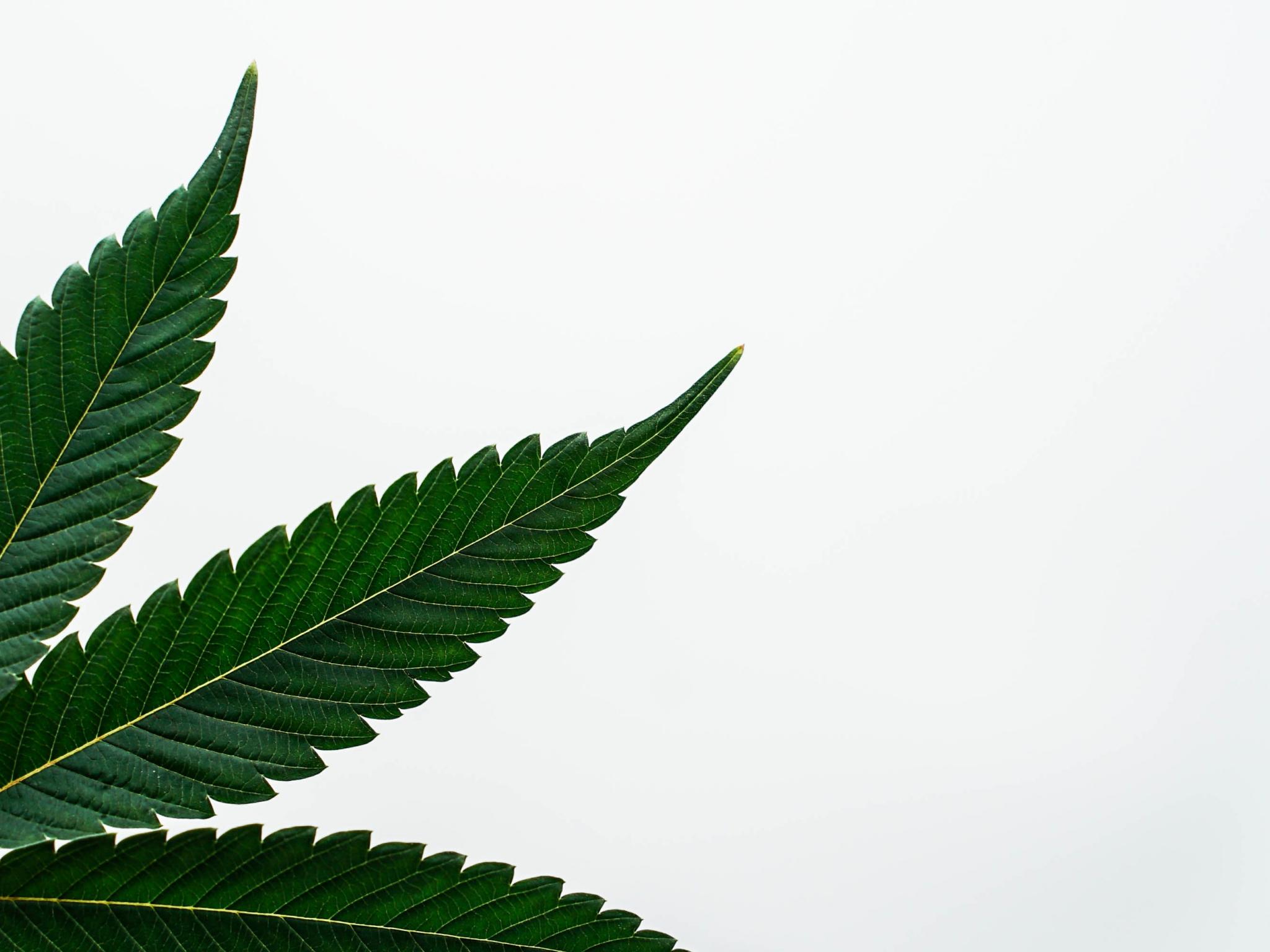
- Cannabis capital raises are down 65% YTD. Equity financing has been particularly hard hit and is off by 77%. Investors have generally adopted a risk-off posture throughout the market, particularly toward growth-oriented investments like cannabis. Meanwhile, cannabis managements have understandably pulled back from equity issuance due to the tremendous uncertainty regarding legalization and stock price levels they believe are below intrinsic value.
- The Cultivation & Retail sector has been one of the most effected. Equity financing is down nearly 96%, and U.S. Equity financing has virtually disappeared from the market.
- Investors remember the capital crunch year of 2020 vividly, but YTD 2022 is even worse. Accordingly, we believe investors should take a close look at the liquidity of the companies in which they have invested.
- The graph depicts two liquidity measures for the tier two cultivation & retail companies with revenues between $100M and $500M. We have excluded Harborside (CSE:HBOR) because the proforma adjustments for their transformative M&A transactions are unclear. We have also excluded MedMen (CSE:MMEN), a company whose liquidity would be severely challenged were it not for the implied support of Tilray (NASDAQ:TLRY). We have attempted to adjust the year-end balance sheet figures for the companies in the graph for financings and M&A transactions occurring in 2022.
-
The brown bar in the graph shows the traditional current ratio (Current assets/Current Liabilities). The current ratio has gone out of fashion in corporate credit research because most American corporations derive a significant portion of their liquidity from standby lines of credit. Contingent liquidity has replaced balance sheet liquidity. Because cannabis companies generally do not have these standby lines, the current measure does a pretty solid job of measuring liquidity. Cannabis analysts often use the cash burn measure, which computes the month's worth of cash that a company has at its current opex spending rate. Our preferred ratio is a combination of these two. The Viridian Capital free cash flow adjusted current ratio subtracts annualized free cash flow deficits from current assets before calculating the current ratio. It picks up both the static balance sheet liquidity and the impact of negative (or positive) free cash flow and is depicted by the green bars on the graph.
-
The good news is that most of the tier two competitors appear to have reasonable liquidity on both measures. Companies, whose green bars are below 1.0X may require additional financing over the next 12 months, but 4Front (CSE:FFNT) has an undrawn credit line, AYR (CSE:AYR) has excess debt capacity, and Acreage (CSE:ACRDF) has additional capacity under its credit facility. We do not anticipate any near-term liquidity squeezes in this group.
-
Importantly, debt issuance is up 49% for the U.S. cultivation & retail segment, and we believe most companies on this list could still raise debt if necessary. Cannabis lenders continue to raise additional capital and have been aggressive lenders to the space.
The Viridian Capital Chart of the Week highlights key investment, valuation and M&A trends taken from the Viridian Cannabis Deal Tracker.
The Viridian Cannabis Deal Tracker provides the market intelligence that cannabis companies, investors, and acquirers utilize to make informed decisions regarding capital allocation and M&A strategy. The Deal Tracker is a proprietary information service that monitors capital raise and M&A activity in the legal cannabis, CBD, and psychedelics industries. Each week the Tracker aggregates and analyzes all closed deals and segments each according to key metrics:
-
Deals by Industry Sector (To track the flow of capital and M&A Deals by one of 12 Sectors - from Cultivation to Brands to Software)
-
Deal Structure (Equity/Debt for Capital Raises, Cash/Stock/Earnout for M&A) Status of the company announcing the transaction (Public vs. Private)
-
Principals to the Transaction (Issuer/Investor/Lender/Acquirer) Key deal terms (Pricing and Valuation)
-
Key Deal Terms (Deal Size, Valuation, Pricing, Warrants, Cost of Capital)
-
Deals by Location of Issuer/Buyer/Seller (To Track the Flow of Capital and M&A Deals by State and Country)
-
Credit Ratings (Leverage and Liquidity Ratios)
Since its inception in 2015, the Viridian Cannabis Deal Tracker has tracked and analyzed more than 2,500 capital raises and 1,000 M&A transactions totaling over $50 billion in aggregate value.
Catch the Cannabis Chart of the Week every week on Benzinga following this link.
Find this content in Spanish on El Planteo.
The preceding article is from one of our external contributors. It does not represent the opinion of Benzinga and has not been edited.







